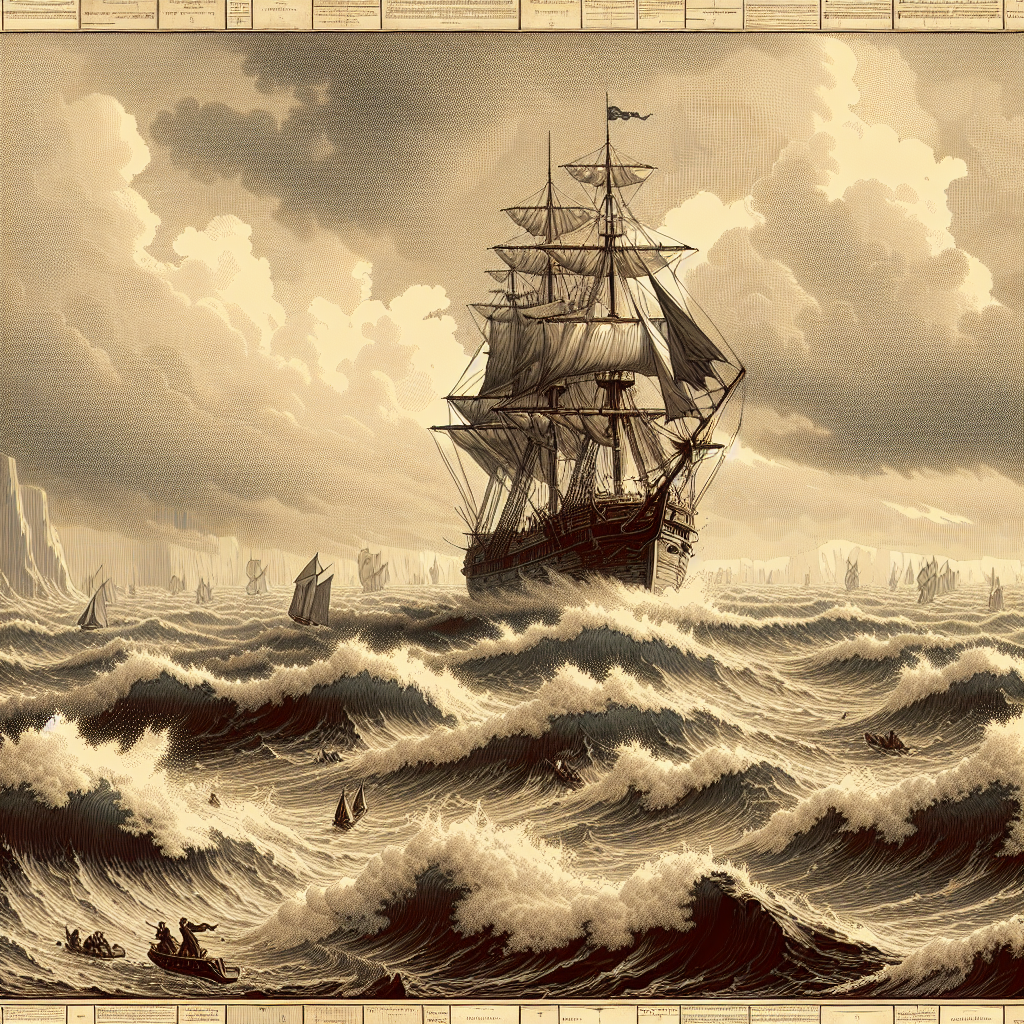Ahoy! Set sail with us as we navigate the adventurous life of Nicholas van Hoorn, a daring pirate who roamed the high seas in the late 17th century. Born in 1635 in the bustling harbor town of Vlissingen in the Netherlands, van Hoorn became infamous for his pirate tactics and complex alliances during the golden age of piracy. From negotiating treaties with civilian populations to expediting naval battles, his life is a fascinating tableau of negotiation and strategy, seasoned with a hint of rebellion against the powers of his era.
Nicholas van Hoorn, the man beneath the pirate hat, was not just a mere buccaneer; he was a figure that demonstrated the boundaries of navigation and mischief aboard the oceans. Driven by the inspiring success of peers like Captain William Kidd and contemporaries such as Henry Morgan, van Hoorn charted his own course during a time when privateering was both a legitimate business and a rapidly evolving ethical conundrum. He embodied the enterprising spirit of 17th-century sailors who turned the world's oceans into their personal tapestries of exploration and discovery.
Van Hoorn initially sailed under no particular flag of piracy. Like many privateers performing a balancing act between legitimate commerce and rogue piracy, he was a man of opportunities, exploiting the chaos of European colonial ambition in the Caribbean. Before long, he began operating largely around the Caribbean and Central America's coastal regions, areas already known for their rich loot and political volatility.
A pivotal moment in van Hoorn's career was his involvement in the capture of Veracruz in 1683. Coordinating with fellow pirates Michel de Grammont and Laurens de Graaf, they successfully attacked the city – a feat illustrating van Hoorn's tactical prowess and nerves of steel. This infamous raid stands as a testament to the potency of well-planned piracy, blending daring courage with strategic ingenuity.
However, what truly distinguishes van Hoorn in the annals of pirate lore is his negotiation skills. In several accounts, he was more interested in the art of bargaining, often engaging in diplomatic exchanges rather than open combat when feasible. This penchant for negotiation perhaps reflects a key aspect of his personality, allowing him to achieve his ends with minimal bloodshed and maximum efficiency, a hallmark of enlightened leadership that we can appreciate even today.
Despite his infamous career, van Hoorn's pirating days were ultimately finite. He met his end not at the gallows or in a naval battle as one might expect of a pirate, but during a rather unfortunate disagreement with fellow pirate Laurens de Graaf. An altercation following their successful plunder led to him being wounded so severely that he succumbed to his injuries in 1683.
Van Hoorn’s legacy, however, survived beyond his mortal years. His life and times remain emblematic of the fluid morality that characterized the pirate era. It serves as a somber yet thrilling reminder of how ambition, exploration, and cunning could sail together on the high seas.
In examining Nicholas van Hoorn’s extraordinary exploits, we are reminded of how history is often shaped by individuals who dare to step beyond societal norms. While piracy today is rightfully condemned, van Hoorn's era offers a fascinating study of human ingenuity, ambition, and the age-old quest for freedom and fortune. His life narrative offers an insightful peek into the complex tapestry of human motivations that drove the age of sail, where piracy wasn’t simply about rebellion, but also about creation—a creation of personal destiny amidst the vast, unknown waters of the world.
Nicholas van Hoorn may have sailed waters distant in time, yet his life resonates with present-day narratives of courage, skillful negotiation, and the longing for a world beyond the horizon, offering a compelling chapter in the colorful book of human exploits and adventures.

